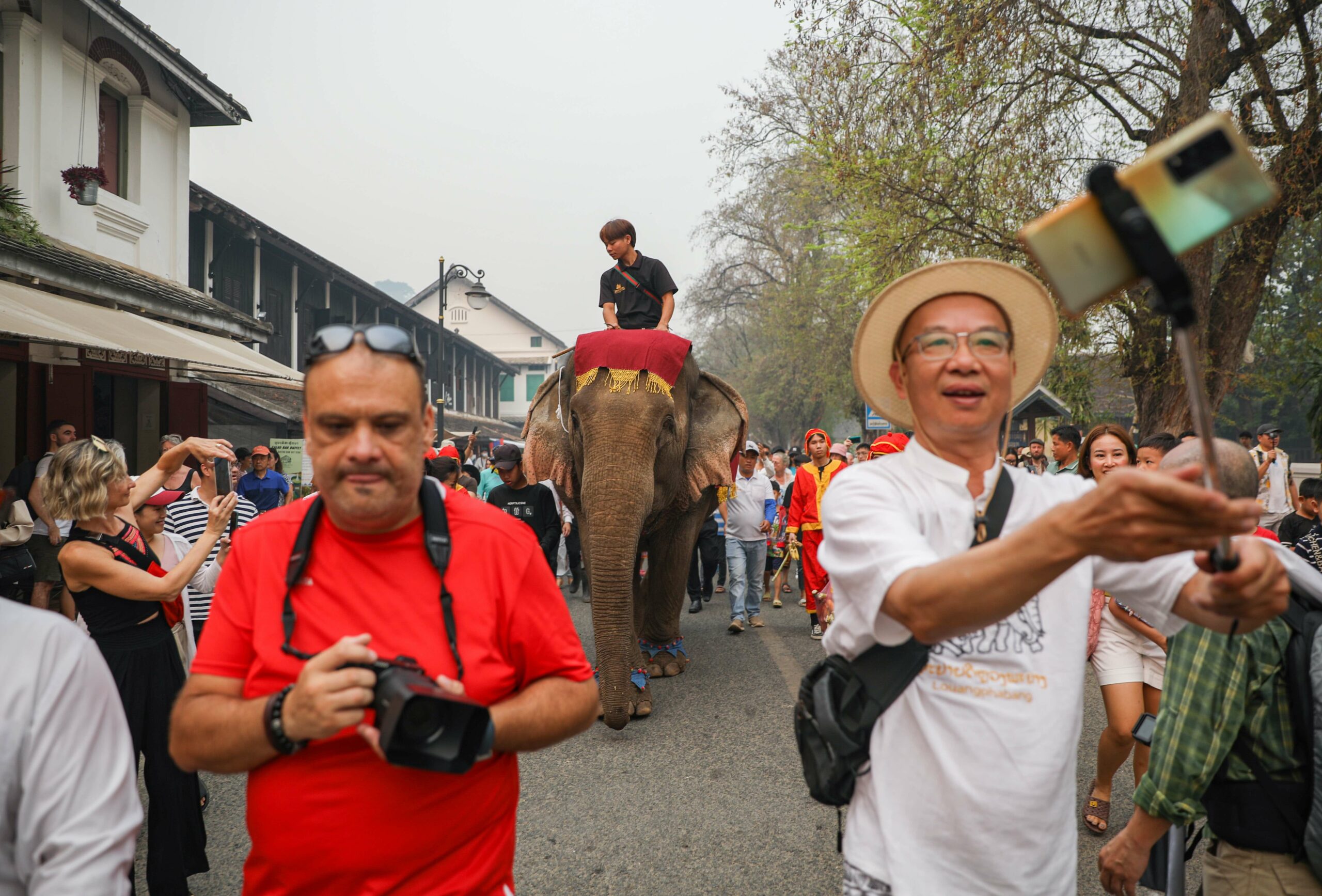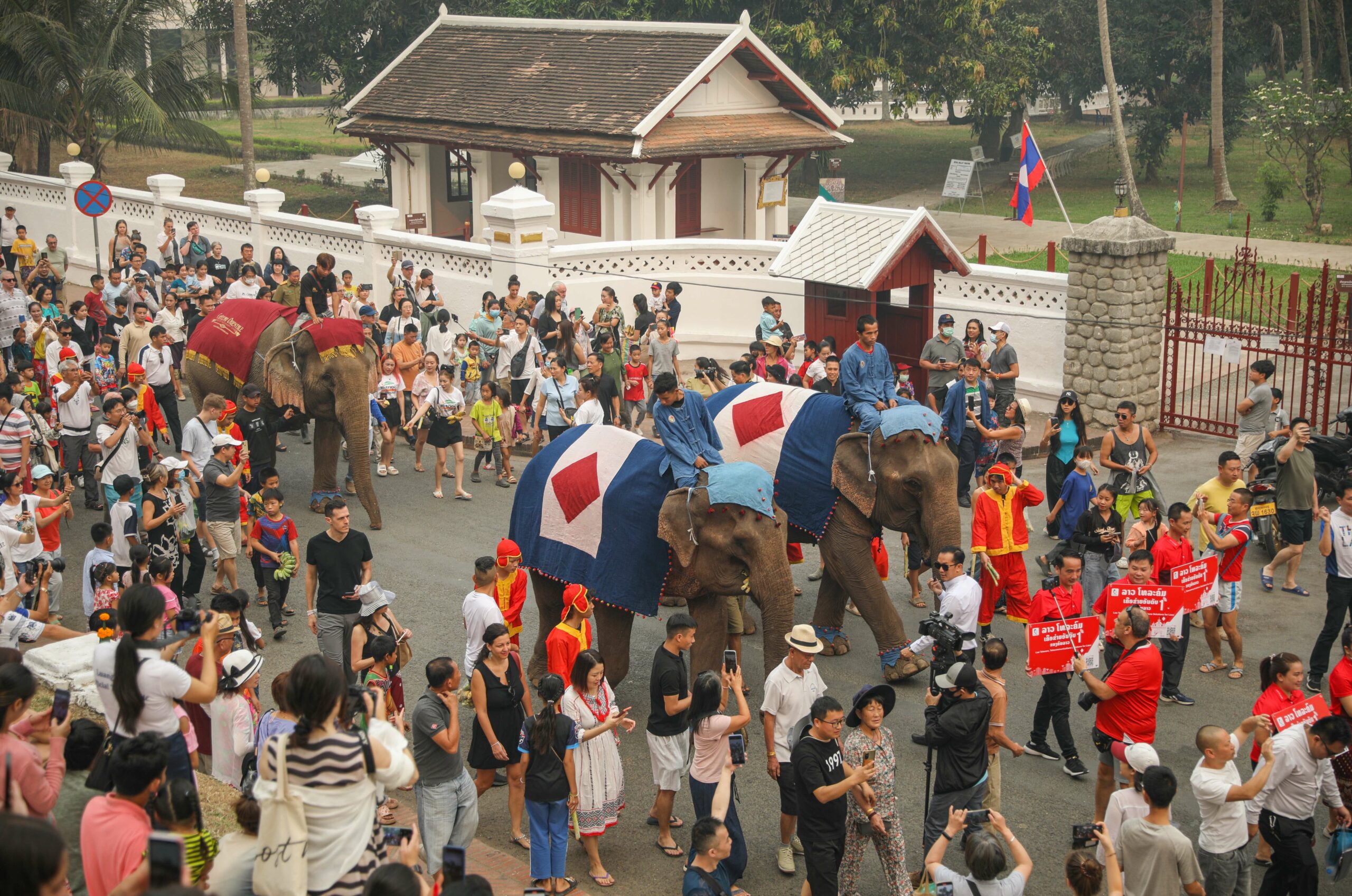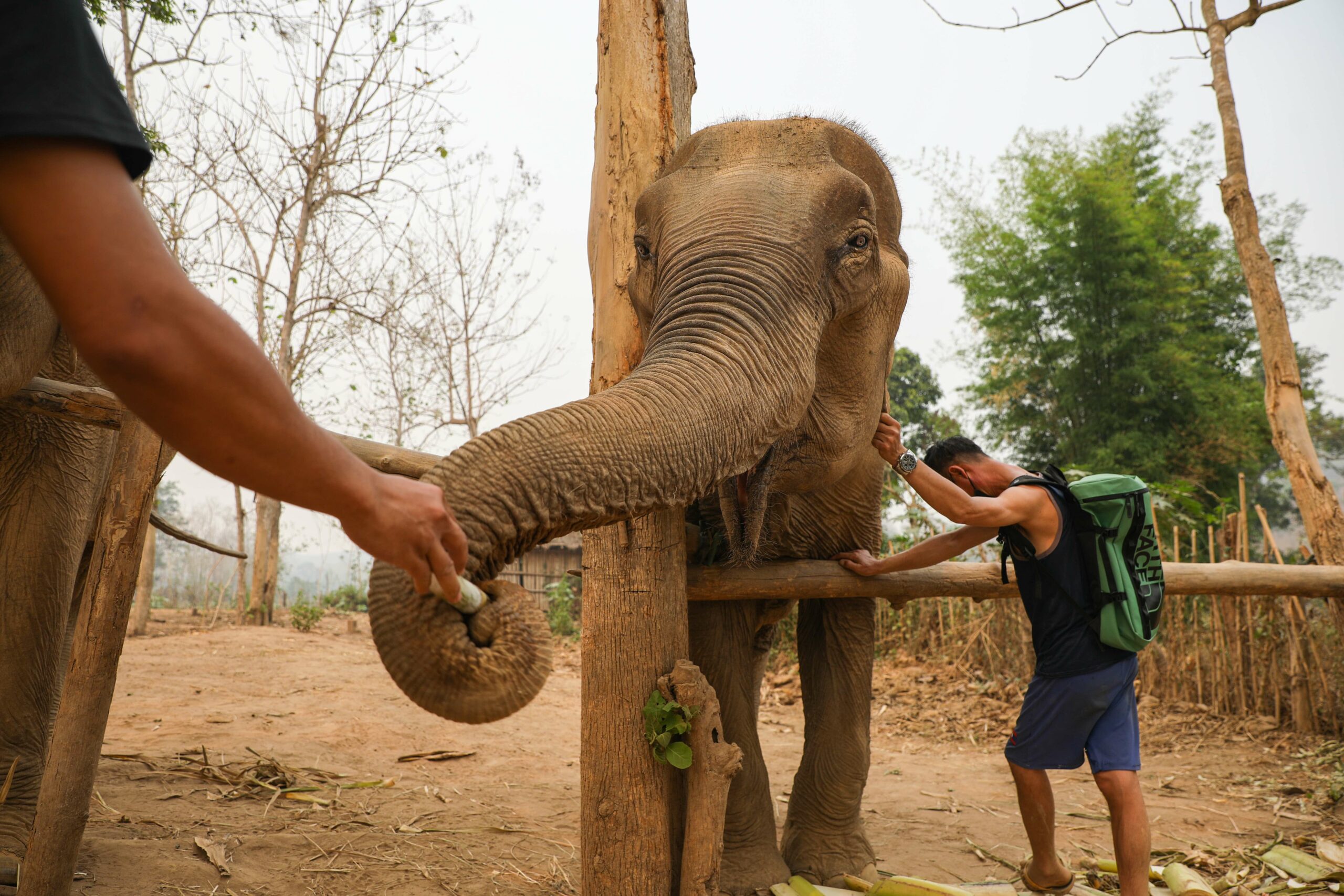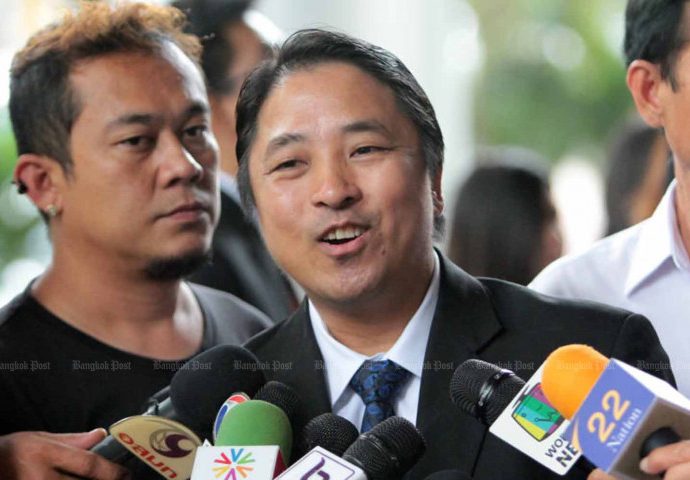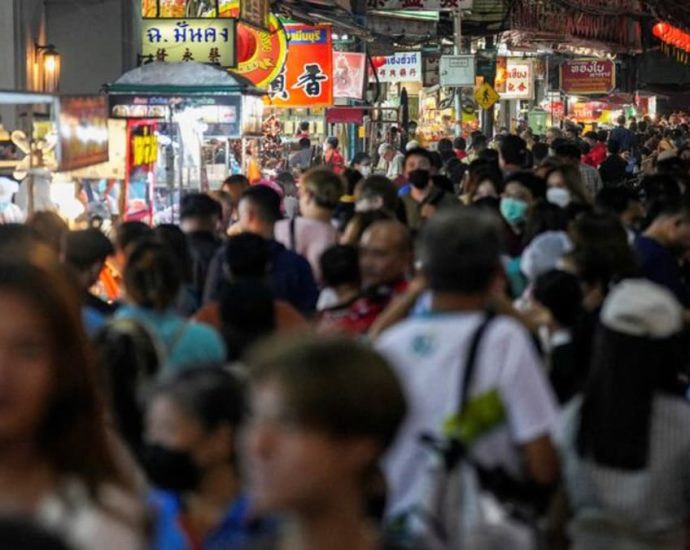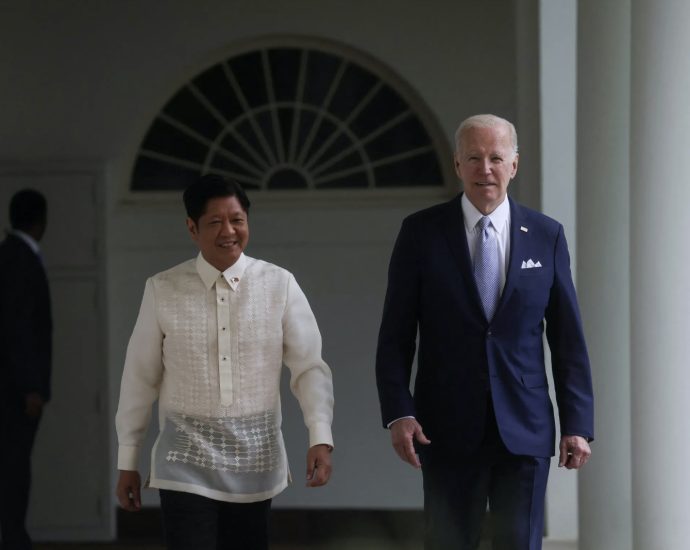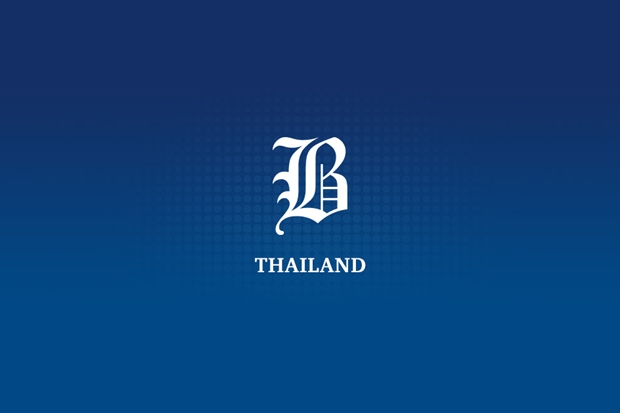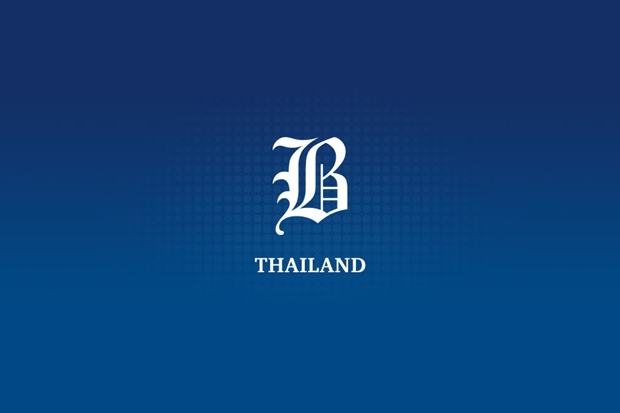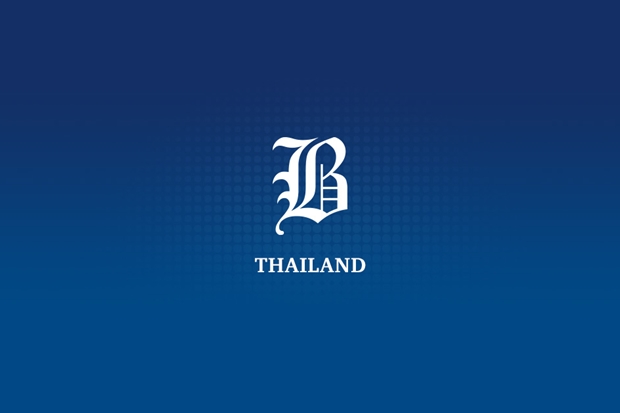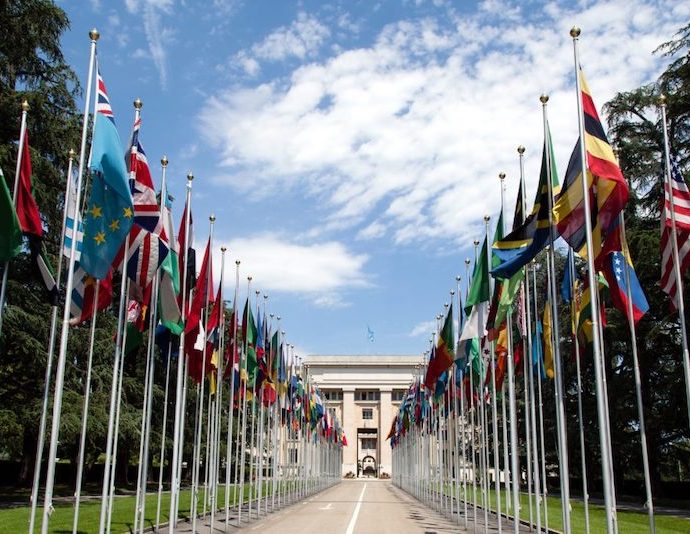Singapore firms expanding beyond Southeast Asia can potentially do well in fast-developing Africa: EnterpriseSG
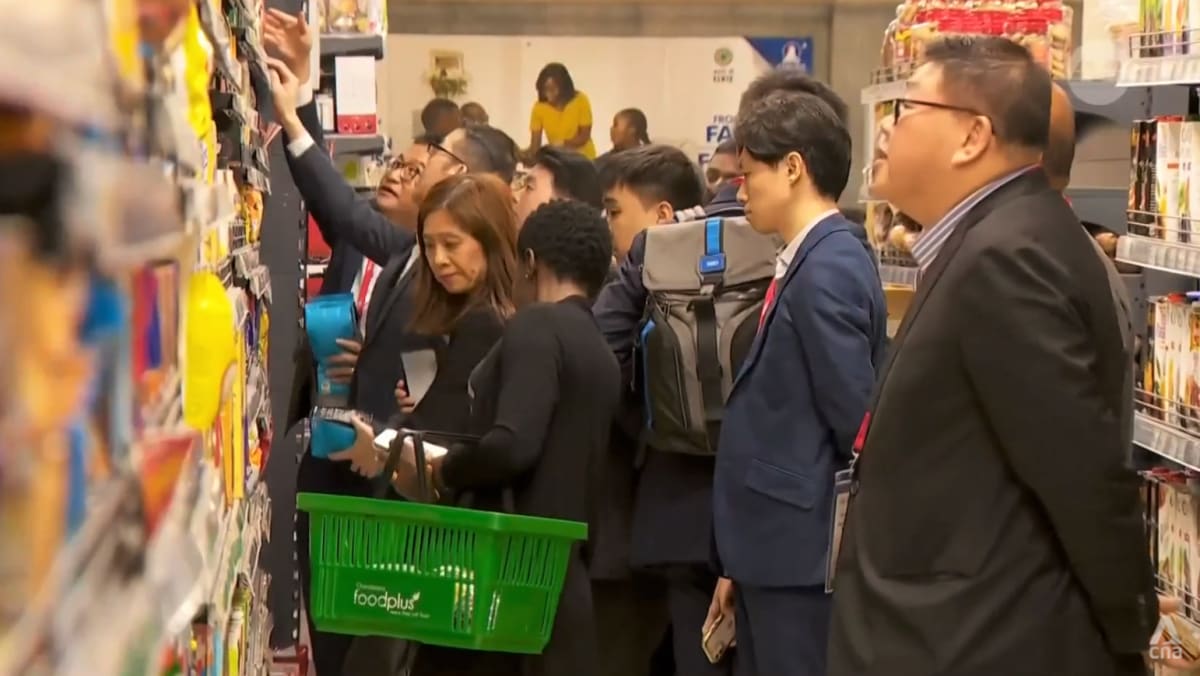
“Looking at their homes, they’re thinking about how to upgrade their kitchen, and improve their homes. So that results in them buying more of our products,” said Mr Dave Choy, director of Newmatic.
“Also, the competition in the market during the (pandemic), most of them shut down because they had difficulties with supply chains. Most of them were supplied from Europe, so they had difficulties in the supply chain, whereas we were supplied from Asia.
“So we were very lucky. In fact, we grew several folds during the three years of the pandemic.”
SHARING A SLICE OF THE AFRICAN PIE
Cleaning technology firm Speco, which has been networking with businesses there, said it has seen enthusiasm for its product, which sanitises an area within minutes and also repels mosquitoes.
“Technology is new to them. Prices are still quite okay, they are able to afford our segment of pricing and they see a potential,” said Mr Benjamin Chua, founder and chief executive officer of Speco.
“So over these past five days of conversations, we have established quite a number of leads, hopefully qualified ones that can help us to expand our footprint into this side of the world.”




